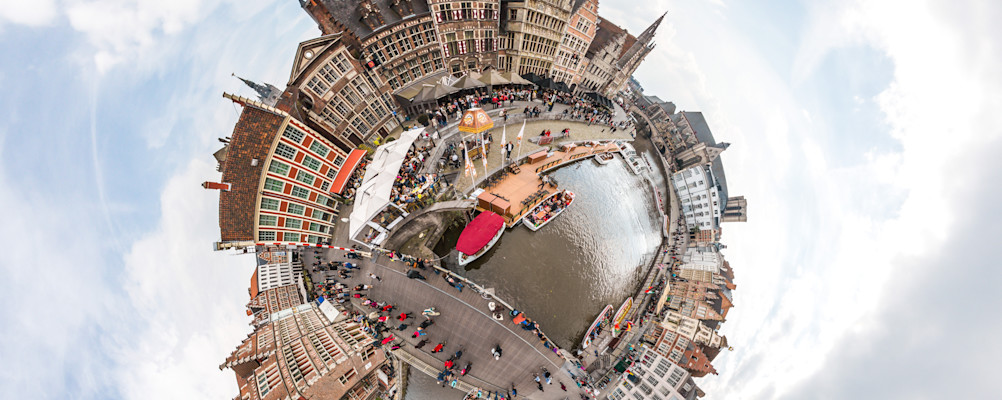GoCI: Collaboration for Impact
Collaboration by design in sustainable tourism development
__Tourism has long served as a solution to strengthen a weak industrial economy, by selling a picturesque destination image or cultural treasures to some history-enthusiastic tourists. However, negative impacts of tourism, such as overtourism, gentrification or the disneyfication of heritage sites, have long been neglected. Many international destinations worldwide, like The Great Wall of China, Venice, or the Taj Mahal, but also Rotterdam in a smaller way, struggle in similar ways with balancing the pros and cons of tourism development and the capitalization of cultural heritage sites. __
Challenges of the destination ecosystem are comparable across cities, urban fringes, and rural areas. Often a handful of key stakeholders formulate and prioritize tourism development goals, with the intention to efficiently use resources to expand tourism to the next level without acknowledging challenges coming with that. For instance, tourism development is mostly a priority for stakeholders active in the tourism system such as conference centers, hotels, museums, tour operators and local policy makers in the economic domain. The main stake for each of these stakeholders is very often growth in visitor numbers and revenue. However, sustainable development of a city requires the tourism product-service system to contribute to a much larger socio-economical ecosystem of the city. Growth of tourism from this perspective is not necessarily a positive result as it has consequences for other participants in the system, suffering from overcrowding, and rising housing prices. Therefore, the question remains: How to make sure tourism contributes to the city towards a conscious destination?



